Sinding-Larsen-Johansson Syndrome: Symptoms, Causes, Treatment, Exercises
:format(webp)/cdn.mskdoctors.com/storage/2025/3/x2nD6nur26SfVgVpVCOlDjKBXYw7loj5.jpg)
Key Takeaways
-
Sinding-Larsen-Johansson Syndrome (SLJ) affects growing adolescents aged 10-14 years, particularly those participating in high-impact sports activities.
-
The most prominent symptoms include localised pain at the lower part of the kneecap that worsens during physical exertion and may be accompanied by visible swelling.
-
Overuse injuries resulting from repetitive stress on the patellar tendon are the primary cause, commonly seen in sports requiring frequent jumping, sprinting or directional changes.
-
Effective treatment approaches including appropriate rest periods, ice therapy, and targeted strengthening exercises produce positive results without surgical intervention.
-
At MSK Doctors, we offer specialised assessment and personalised rehabilitation programmes using our state-of-the-art MAI Motion AI platform to analyse movement patterns and optimise SLJ recovery.
Sinding-Larsen-Johansson Syndrome Overview
Definition and Description
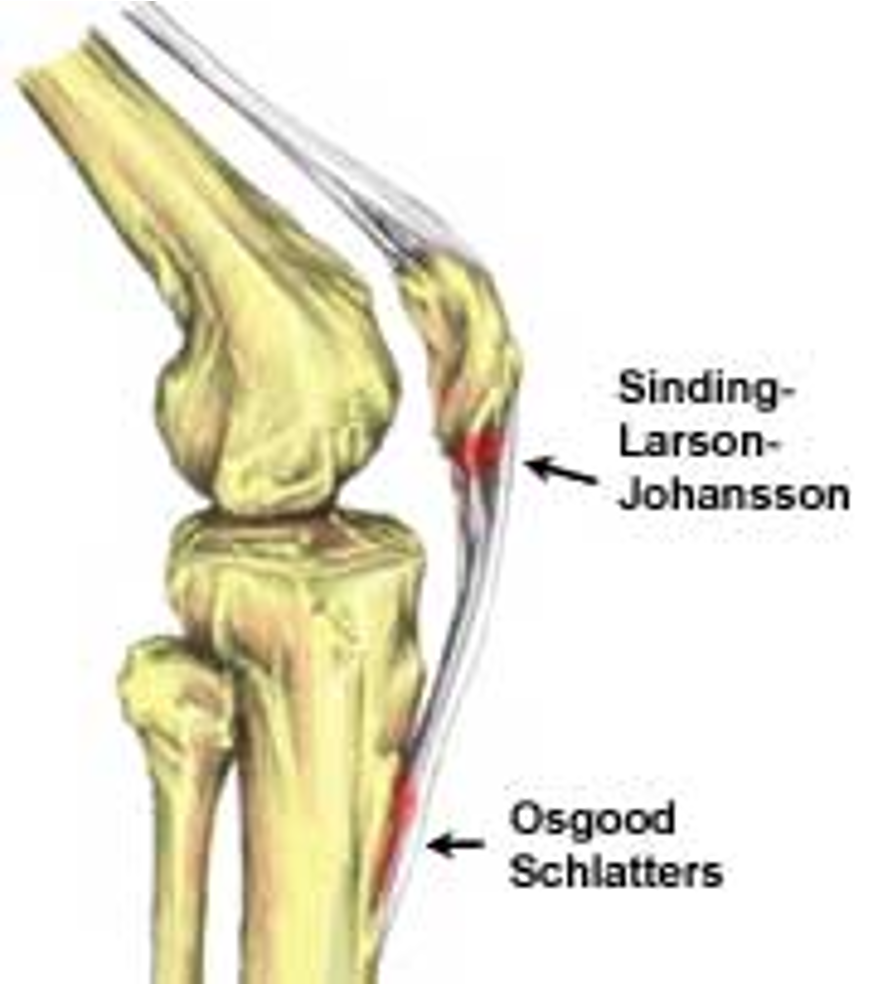
Sinding-Larsen-Johansson Syndrome (SLJ) is an overuse injury that results from stress on the patellar tendon where it attaches to the lower pole of the kneecap (image courtesy of Physiopedia).
This condition is self-limiting - meaning it often resolves on its own as the affected individual's bones mature. However, during its active phase, it can cause significant discomfort and impact athletic performance.
The syndrome is named after two physicians, Christian Sinding-Larsen and Sven Johansson, who first described the condition in the early 20th century. SLJ is often considered a juvenile form of "jumper's knee" due to its prevalence in children and teenagers involved in sports that require frequent jumping and running.
|
Age Group and Commonly Affected Athletes
This syndrome is most prevalent in adolescents between the ages of 10 and 14. During this growth period, the bones and tendons are still developing, making them more susceptible to stress injuries.
Sports that involve repetitive jumping or running, such as basketball, volleyball, and track and field - are commonly associated with this condition. Athletes participating in these sports should be aware of the risks and symptoms associated with SLJ to ensure they seek treatment promptly if needed.
Identifying Symptoms
Common Pain Locations
The most common symptom of SLJ is pain located at the bottom of the kneecap. This pain is often exacerbated by physical activity, particularly those involving running, jumping, or kneeling. In some cases, the pain may be accompanied by swelling or tenderness in the same area.
Activity-Related Discomfort
Discomfort or pain associated with SLJ typically worsens with activity and improves with rest. This pattern is a common indicator that the pain is related to overuse rather than a traumatic injury.
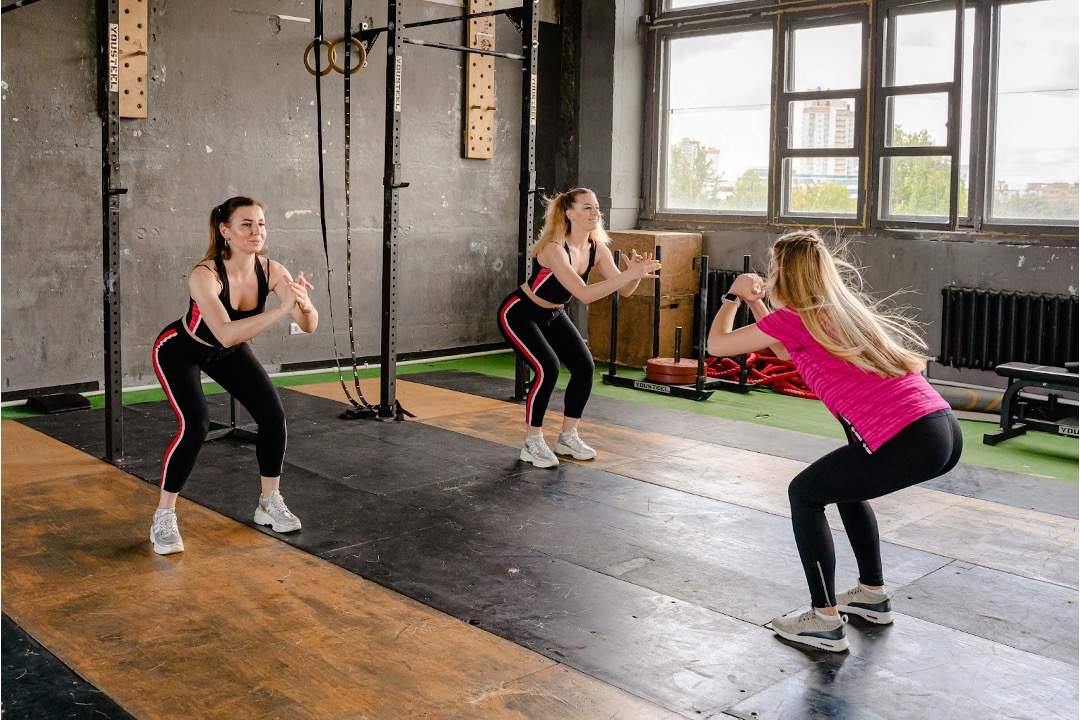
Activities such as squatting, climbing stairs, or participating in sports may trigger or worsen the symptoms. If an athlete experiences persistent knee pain that correlates with their activity level, it may be time to consider the possibility of SLJ.
Signs for Early Detection
Early detection of Sinding-Larsen-Johansson Syndrome involves recognising the subtle signs that may precede more severe symptoms. Besides pain and tenderness, other signs include stiffness or a feeling of tightness in the knee area, particularly after physical activity.
Primary Causes
Repetitive Stress Factors
The repetitive motion associated with certain sports can place excessive stress on the knee joint, leading to the development of SLJ.
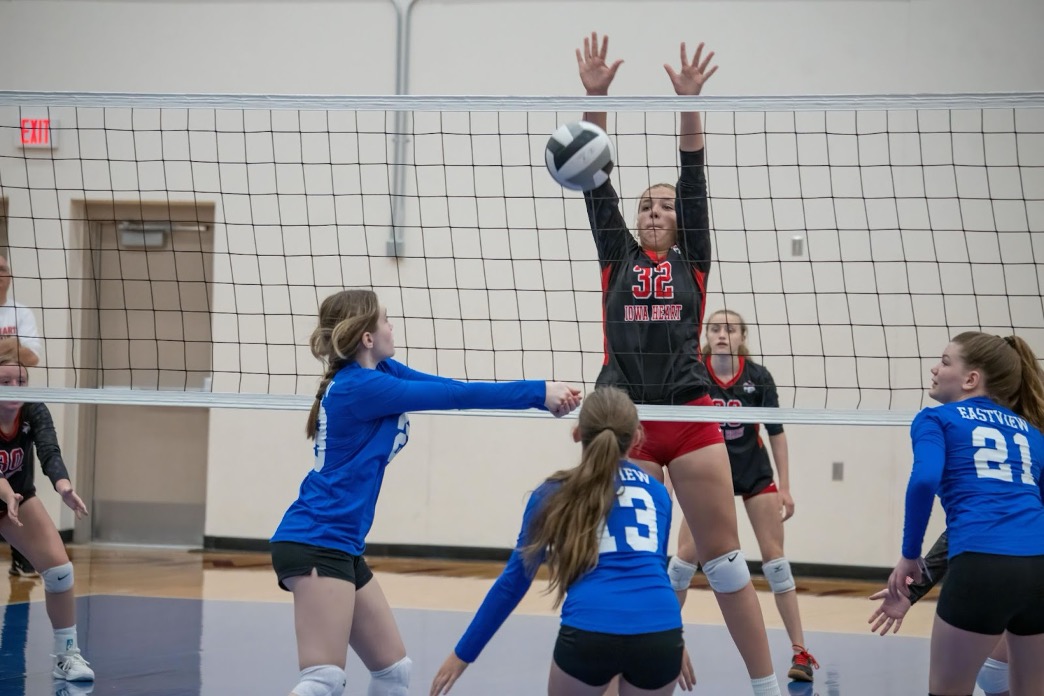
Activities that involve frequent jumping, sprinting, or changes in direction can contribute to the wear and tear on the patellar tendon. This repetitive stress can cause microtrauma to the tendon attachment site, resulting in inflammation and pain.
Role of Athletic Activities
Improper training techniques or inadequate warm-up routines can also increase the risk of developing SLJ. Overtraining without sufficient rest periods can exacerbate stress on the knee joint.
Effective Treatment Options
The primary goal is to reduce stress on the affected area while enhancing the overall strength and flexibility of the knee joint.
The best method of treatment for SLJ is rest which means taking a break from activities that exacerbate the pain - allowing the inflammation to subside. Ice application is another simple yet effective method to reduce swelling and alleviate pain. Applying ice for 15-20 minutes several times a day can make a significant difference.
In addition to rest and ice, over-the-counter pain relievers, such as ibuprofen or acetaminophen, can be used to manage pain. Follow the dosage instructions carefully and consult a healthcare provider if pain persists.
These medications should be used as a temporary measure and not as a long-term solution.
Conservative Treatment Approaches
A physical therapist can design a personalised exercise program that focuses on strengthening the quadriceps and hamstring muscles, which support the knee joint. Strengthening these muscles helps to reduce the load on the patellar tendon and promotes healing.
Incorporating flexibility exercises into the routine is vital as stretching the quadriceps, hamstrings, and calf muscles can improve range of motion and reduce tension on the knee joint.
Beneficial Exercises
Knee Strengthening Exercises
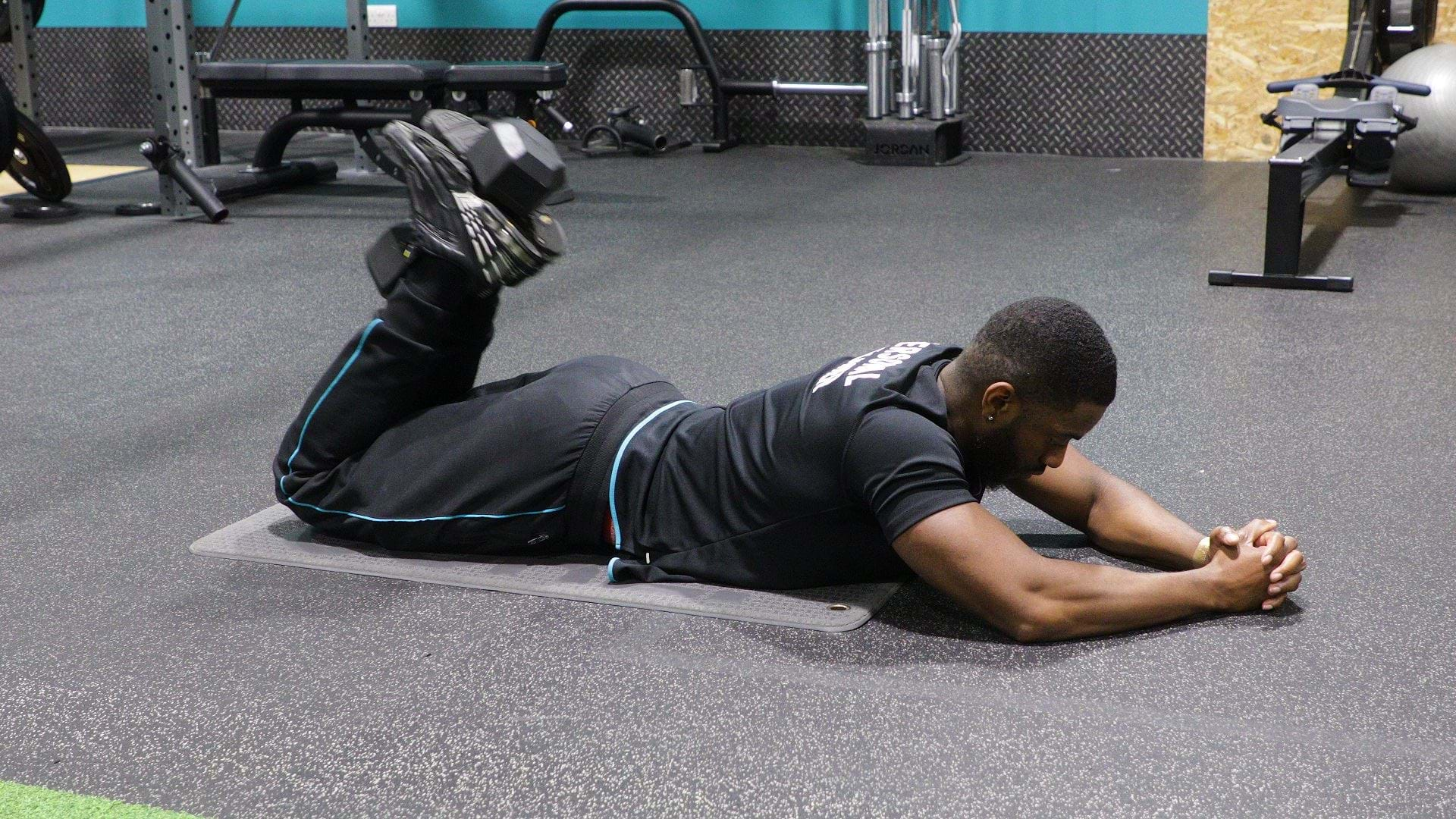
Strengthening exercises target the muscles that support the knee, particularly the quadriceps and hamstrings (image courtesy of PureGym).
Some effective exercises include:
-
Leg presses: Using a leg press machine or resistance bands, focus on pressing through the heels to engage the quadriceps.
-
Hamstring curls: Perform these with a resistance band or on a machine, focusing on slow and controlled movements.
-
Wall sits: Lean against a wall with knees bent at a 90-degree angle, holding the position to strengthen the quadriceps.
Stretching for Flexibility
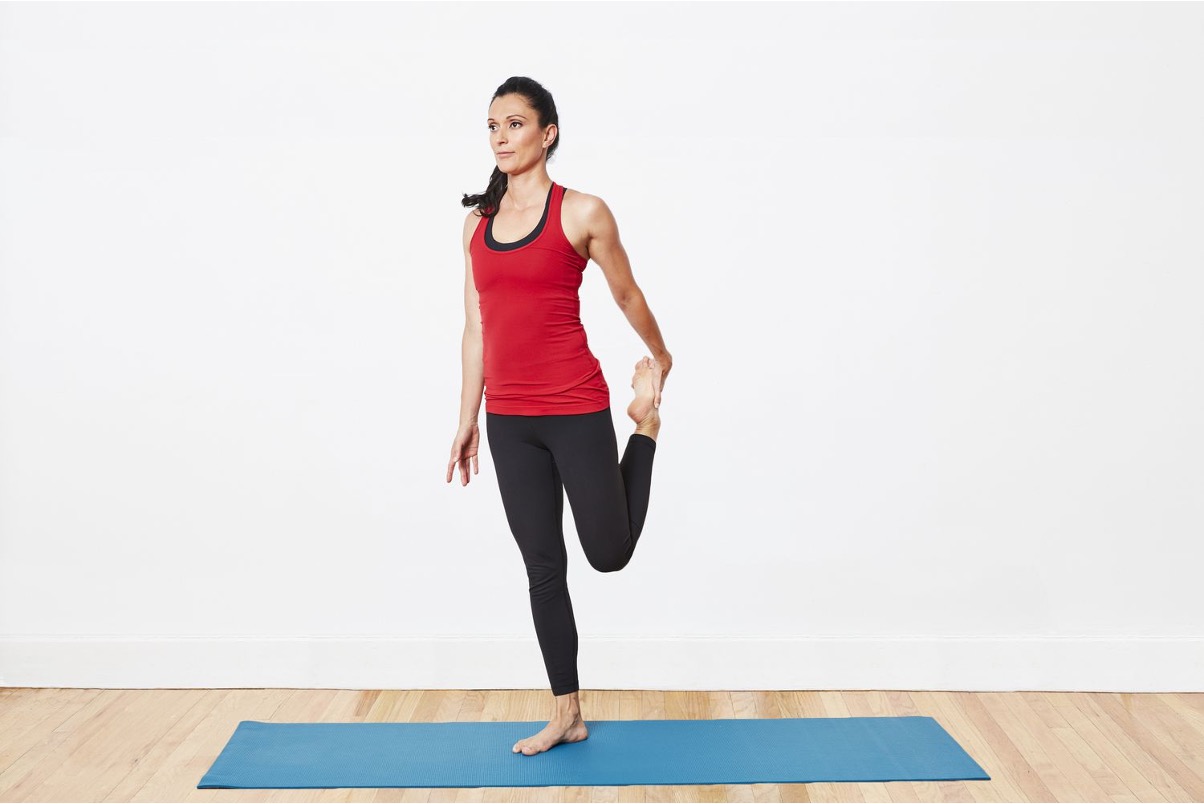
Stretching exercises help maintain flexibility and reduce tension on the knee joint (image courtesy of VeryWell Fit).
Key stretches include:
-
Quadriceps stretch: Stand on one leg and pull the opposite foot towards the buttocks, keeping the knees together.
-
Hamstring stretch: Sit with one leg extended and the other bent, reaching towards the toes of the extended leg.
-
Calf stretch: Stand facing a wall, with one foot forward and the other back, pressing the heel of the back foot into the ground.
Warm-Up and Cool-Down Routines
A proper warm-up increases blood flow to the muscles, making them more pliable and ready for activity. A simple warm-up routine can include light jogging or cycling for 5-10 minutes, followed by simple stretches such as leg swings and arm circles.
Cooling down after exercise helps gradually reduce heart rate and stretch out muscles that may have tightened during activity. For a cool-down, engage in light aerobic activity, such as walking, followed by static stretching of the major muscle groups involved in your sport.
This routine helps prevent muscle soreness and aids in recovery.
Rest and Recovery Importance
Rest from high-impact activities like jumping and running. Engage in light, non-impact exercises like swimming or cycling to maintain fitness without stressing the knee.
If you do experience pain and inflammation after exercising, use ice packs.

Besides that, get adequate sleep and nutrition to further aid the healing process. A balanced diet rich in vitamins and minerals supports tissue repair and overall well-being.
Getting Ultimate Care For SLJ With MSK Doctors
At MSK Doctors, we understand the frustration and limitations that Sinding-Larsen-Johansson Syndrome can impose on young athletes and their sporting aspirations. Our expert team combines years of specialised experience with innovative technology to provide comprehensive, individualised care that addresses not just the symptoms but the underlying musculoskeletal factors contributing to your condition.
We pride ourselves on offering timely interventions without GP referrals, ensuring you receive the prompt, specialised care needed to return to your activities safely and confidently.

Trust MSK Doctors to deliver evidence-based treatments that prioritise your long-term joint health and athletic performance.
Don't let knee pain hold you back from your athletic pursuits. Book your consultation with MSK Doctors today for a comprehensive assessment and personalised treatment plan.
Frequently Asked Questions (FAQ)
How does Sinding-Larsen-Johansson Syndrome differ from other knee conditions?
Sinding-Larsen-Johansson Syndrome specifically affects the area where the patellar tendon attaches to the bottom of the kneecap. Often seen in young athletes, whereas other knee conditions, like patellar tendinitis, can occur at any age and involve different parts of the knee.
Are there specific sports more prone to causing this condition?
Yes, sports that involve repetitive jumping and running, such as basketball, volleyball, and track and field, are more likely to contribute to the development of SLJ. These activities place significant stress on the knee joint, increasing the risk of overuse injuries.
What are immediate steps to take with new symptoms?
If new symptoms of SLJ appear, it's crucial to rest the affected knee immediately and apply ice to reduce inflammation. Avoid activities that exacerbate the pain and consult a healthcare provider for a proper diagnosis and treatment plan.
Is long-term medication required for management?
Long-term medication is generally not required for managing Sinding-Larsen-Johansson Syndrome. Most cases respond well to conservative treatments such as rest, physical therapy, and activity modification.
How can MSK Doctors assist in managing this condition?
At MSK Doctors, we offer a comprehensive approach to managing Sinding-Larsen-Johansson Syndrome. Our team provides personalised treatment plans, including physical therapy, exercise guidance, and ongoing support to ensure effective recovery and long-term knee health.
:format(webp)/cdn.mskdoctors.com/storage/2025/5/qf6zY2JVctL0BGJLEryU4lLIeRBsr5fC.jpg)
:format(webp)/cdn.mskdoctors.com/storage/2025/5/J26J2SuguZTzYNmqcI1EFk6a2wJsUF4a.jpg)
:format(webp)/cdn.mskdoctors.com/storage/2025/5/C4LMXVp2sVqlw6pSc34aXpbl7ZEFTXUS.jpg)
